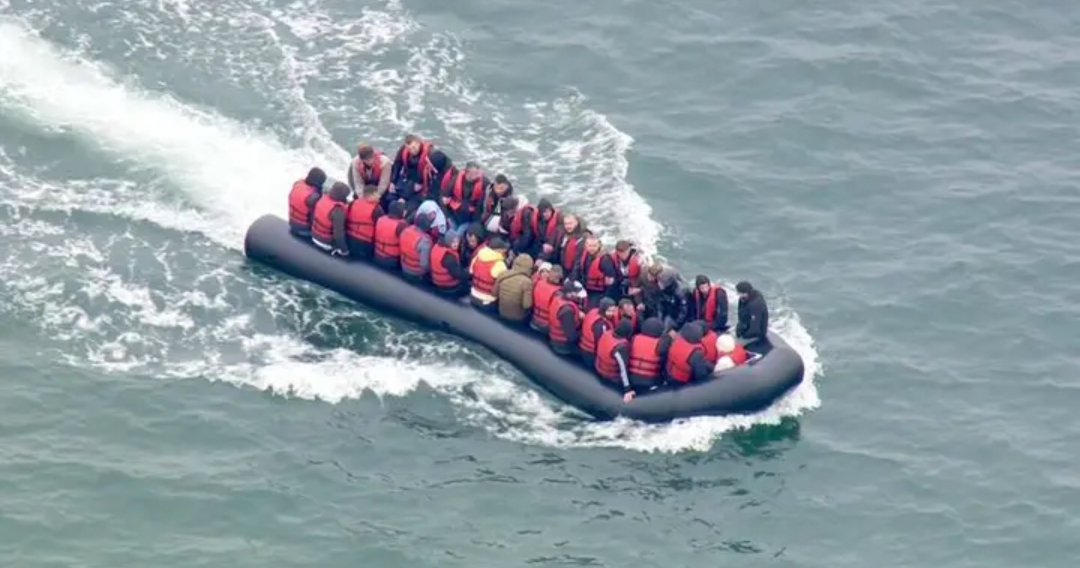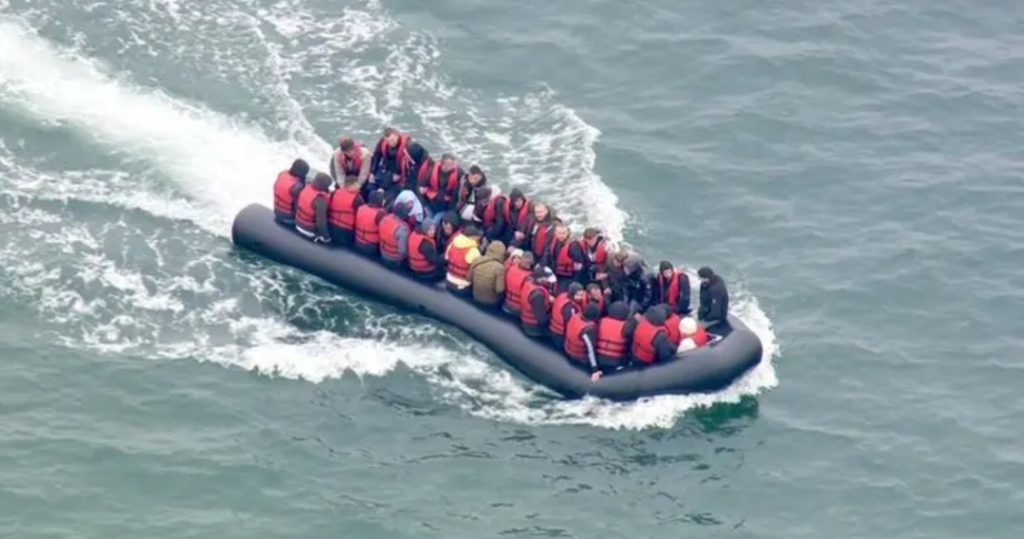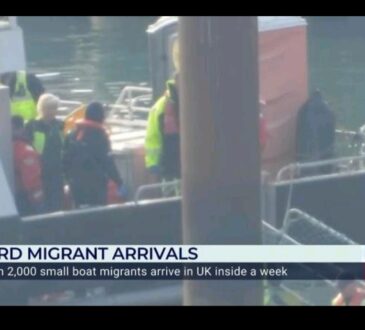
Two individuals lost their lives in the English Channel as a small boat carrying 60 asylum seekers attempted a perilous journey to Britain. The tragic event unfolded despite the efforts of authorities, who were unable to prevent the overcrowded vessel from venturing into the treacherous waters. This was revealed by Daily Mail.

The ill-fated journey began as desperate asylum seekers, driven by circumstances in their home countries, boarded a small boat with hopes of reaching safety and a better life in the United Kingdom. The vessel, carrying a staggering 60 people, set out on the challenging voyage across the English Channel—a route that has become increasingly popular, albeit dangerous, for migrants seeking asylum in Britain.
As news of the incident broke, questions were raised about the adequacy of measures in place to address such perilous crossings. Authorities have been grappling with the surge in small boat incidents, with smugglers exploiting the vulnerability of migrants and putting their lives at risk in pursuit of profit. The tragic outcome serves as a stark reminder of the urgent need for comprehensive and effective strategies to address the humanitarian crisis unfolding on the shores of the English Channel.
Despite heightened surveillance and increased patrols, authorities were unable to intercept the overcrowded boat before tragedy struck. The vessel encountered rough seas, leading to its capsizing and resulting in the drowning of two migrants. The heartbreaking loss of life has reignited the debate surrounding the effectiveness of border control measures and the need for a coordinated international response to address the root causes of mass migration.
Advocacy groups and humanitarian organizations have long called for a more compassionate and comprehensive approach to handling the migration crisis. The incident in the English Channel underscores the human toll of inadequate policies and enforcement mechanisms. Critics argue that a more proactive and collaborative strategy is essential to prevent further loss of life and address the underlying issues that drive individuals to embark on such perilous journeys.
The tragic event also raises questions about the capacity of search and rescue operations in the English Channel. Asylum seekers often find themselves in overcrowded and unseaworthy vessels, making them vulnerable to accidents and harsh weather conditions. Authorities must evaluate and enhance their response capabilities to ensure a swift and effective rescue process, minimizing the risk of casualties in future incidents.
The international community has a shared responsibility to address the complex factors contributing to mass migration and to establish mechanisms that prioritize the safety and well-being of those seeking refuge. The incident in the English Channel serves as a call to action for governments to collaborate on comprehensive solutions, including addressing the root causes of displacement, improving living conditions in migrant origin countries, and implementing fair and efficient asylum processes.
In the aftermath of this tragedy, attention is likely to focus on the cooperation between nations in the region to develop a unified response. The incident highlights the need for a coordinated approach that transcends individual national interests and prioritizes the protection of vulnerable populations. The international community must work together to create a framework that ensures the safety and dignity of migrants, while also addressing the concerns of host countries.
As the world grapples with the ongoing challenges of migration, incidents like the one in the English Channel underscore the urgency of finding humane and effective solutions. The loss of two lives is a somber reminder that the status quo is not sufficient, and that concerted efforts are needed to prevent further tragedies and uphold the principles of compassion and solidarity on a global scale.




